CAMOUFLAGE
Sabrina Gschwandtner (b. 1977)

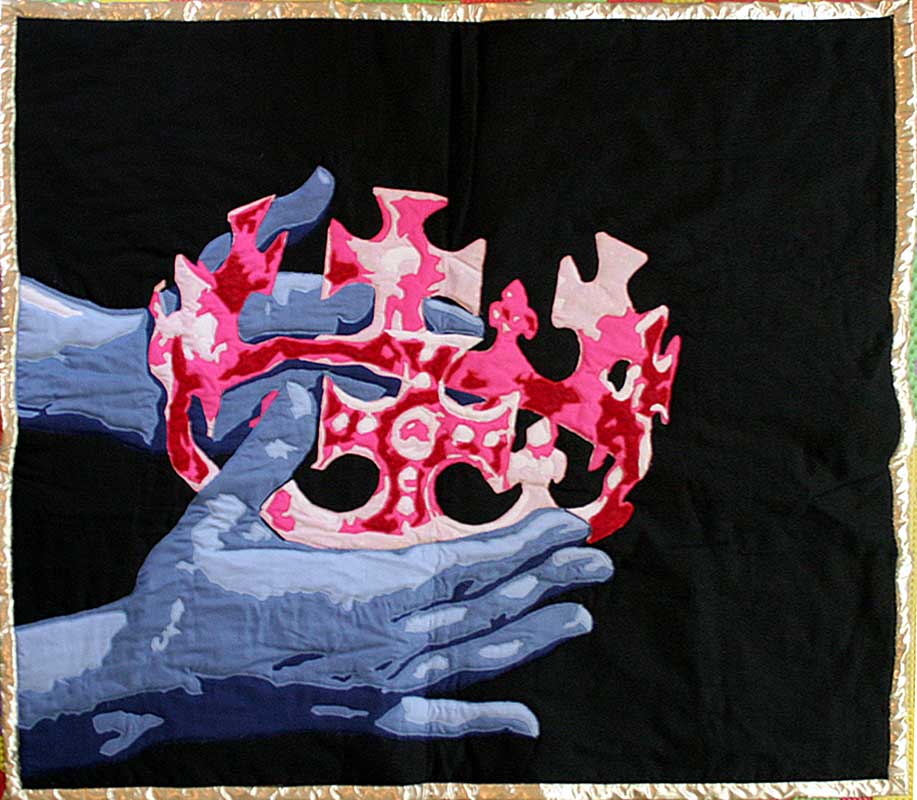

This exhibition considers three contemporary artists who are inspired by the history and structure of American quilts but who are neither inhibited, constricted, nor defined by it. Sabrina Gschwandtner, Luke Haynes, and Stephen Sollins are keenly aware that a quilt’s very substance—its remnants, pieces, choices, geometries—is profoundly laden with meaning. They intentionally seek such emotional and retentive content in their work, oftentimes through ingenious techniques and by using unexpected materials such as 16mm film strips or used Tyvek envelopes. By purposefully reusing experiential elements with relevance to their own lives and times, they exploit the tension inherent in historical quilts between function and significance. The three artists are especially attracted to the rationality and precision of specific quilt patterns that often have illusive qualities—Tumbling Blocks, Log Cabin, Sunshine and Shadow, Double Wedding Ring—examples of which, from the museum’s collection, will also be on view.
Stacy C. Hollander, chief curator and director of exhibitions.
The exhibition is supported in part by Joyce Berger Cowin, public funds from the New York City Department of Cultural Affairs in partnership with the City Council, the Ford Foundation, and the David Davies and Jack Weeden Fund for Exhibitions. Lectures and symposia are supported in part by an award from the National Endowment for the Arts.
- Karen Rosenberg

Soldier’s Quilt: Square Within a Square
Artist unidentified
England or United States
1850–1880
Wool
85 1/2 x 66 in. (framed)
American Folk Art Museum, gift of General Foods, 1986.7.1
Photo by Schecter Lee, New York
Luke Haynes’s Clothes Portrait series is self-limited by the palette of the clothing worn by the subjects. Similarly, the soldiers’ quilts made primarily by British military men are dependent upon the wool serge or woven worsted twill recycled from uniforms. These quilts are highly geometric, in part because of the weight of the fabrics, and also because the mathematical precision was appealing to the makers. This type of quilt, often associated with the Crimean War years and with British conflicts in India, is sometimes called a “convalescent quilt” because it was a therapeutic activity recommended to occupy soldiers recovering from wounds or sickness.

Camouflage
Sabrina Gschwandtner (b. 1977)
New York City
2012
16 mm film, polyamide thread, and lithography ink
69 1/2 x 45 1/2 in.
Courtesy the artist and LMAKprojects, New York
Photo by Matt Suib, Greenhouse Media, courtesy the Philadelphia Art Alliance
Camouflage contrasts footage from an industrial textile manufacturing film that shows how fabric is made, dyed, and processed at the Bradford Dyeing Association in Rhode Island, with another film titled Shadows, Shadows, Everywhere (1972), in which children learn about shadows and how to make them. Bradford Dyeing was in operation before the Civil War but closed in 2011 after years of labor abuses and heavy fines for dumping chemical waste. The mill had been a top supplier of camouflage to the United States military. The film falsely paints a picture of happy and productive workers, itself a kind of camouflage. The second film shows two children making shadow puppets in front of a piece of cloth and going outside to look at shadows created by the sun. In combining the two films Sabrina Gschwandtner wanted to “bring out the shadowy aspects of the textile mill film, and to represent this idea of ‘camouflage’ in multiple ways. It’s also an acknowledgement that whenever you shed light on something, you also make a shadow.”
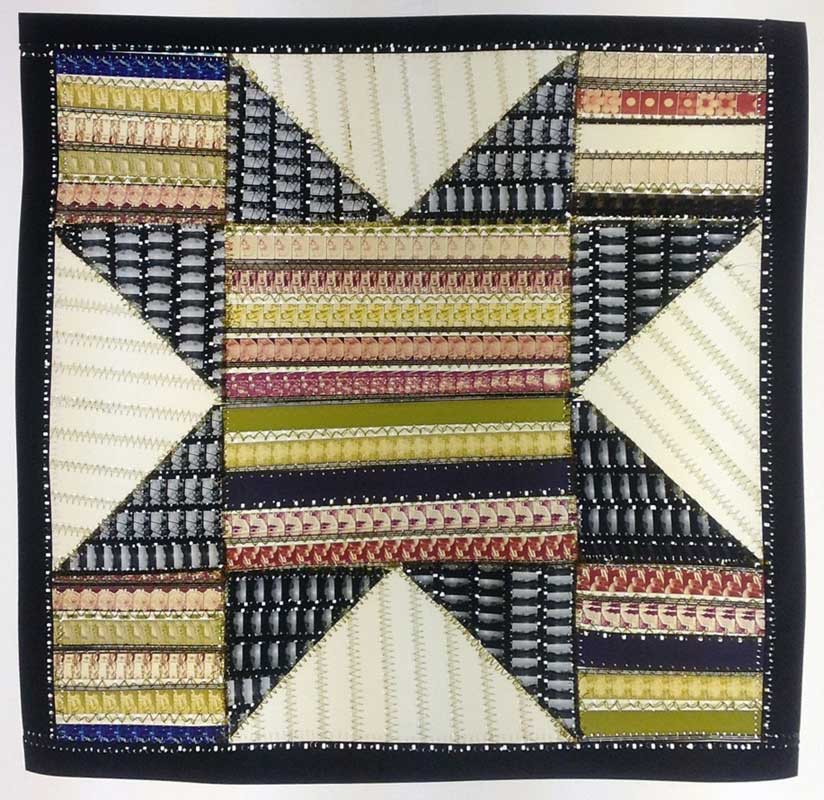
Wave Hill Sunroom Square
Sabrina Gschwandtner (b. 1977)
New York City
2013
16 mm film, cotton thread, and polyamide thread
13 x 13 in.
Collection of Jo and Marlies Eijck, the Netherlands
Photo courtesy the artist
Gschwandtner has brought together several elements in this work: film leader that is used to thread the projector and to count down before a film starts, footage from her Wave Hill residency, bleached footage from The Enchanted Loom, and bleached footage from Quilts in Women’s Lives. These disparate films have been “edited” or “pieced” to form a single Variable Star. The film leader, creating moments of visual calm between the four main points of the star, is also transparent, in effect illuminating the star.
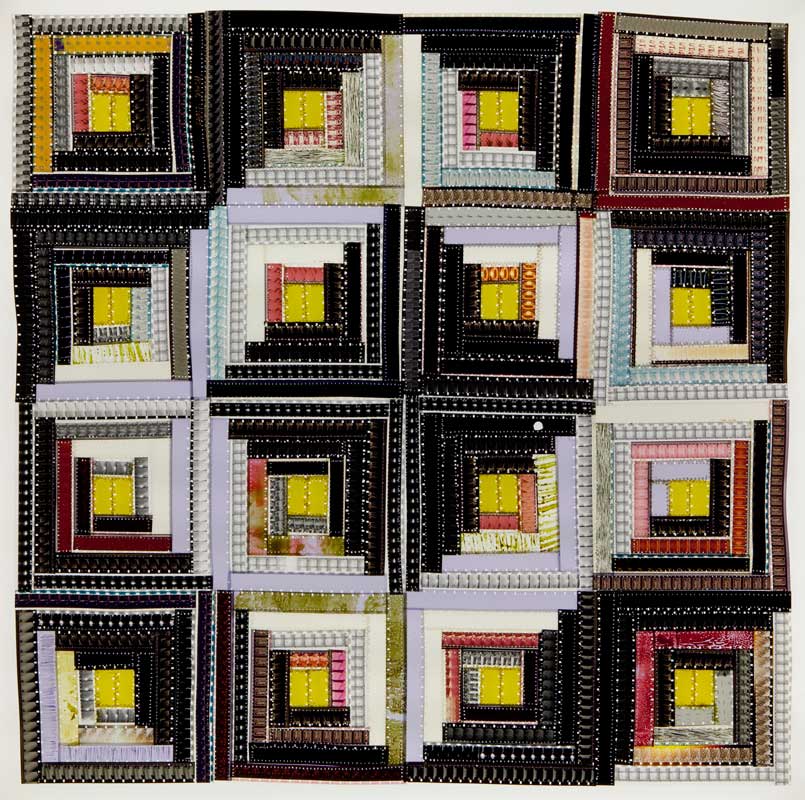
Wave Hill Sunroom II
Sabrina Gschwandtner (b. 1977)
New York City
2013
16 mm film, cotton thread, polyamide thread, polyester thread, lithography ink, and permanent marker
23 x 23 in.
Courtesy the artist and LMAKprojects, New York
Photo by Matt Suib, Greenhouse Media, courtesy the Philadelphia Art Alliance
In 1942, neuroscientist Charles Sherrington lyrically described the reawakening of the brain after deep sleep: “It is as if the Milky Way entered upon some cosmic dance. Swiftly the head mass becomes an enchanted loom where millions of flashing shuttles weave a dissolving pattern, always a meaningful pattern though never an abiding one; a shifting harmony of subpatterns.” In 2012, Gschwandtner stitched footage from The Enchanted Loom, a 1974 film titled after Sherrington’s metaphor, to her own footage shot from her window during an artist residency at Wave Hill, in the Bronx.

[Iconography #7] Rags to Riches
Luke Haynes (b. 1982)
New York City
2012
Sheets, blue jeans, dress clothing, and metallic thread
90 x 90 in.
Private collection
Photo by Gavin Ashworth
In his Iconography series, Luke Haynes comments on seminal American figures from the past and present, and on the nature of fame. This work features superimposed images of Kanye West and Jay Z, resulting in a combined portrait that expresses the musicians both as individuals and the faces of the hip-hop scene. Based upon C-prints by Troy Gua from his Pop-Hybrid series, it further extends the idea of stardom as branding and commoditization. Haynes relies upon the musicians’ rise to fame and the use of reclaimed textiles to create an artwork that relates a “rags to riches” narrative. He sees it as an encounter between urban graffiti and the art of quiltmaking, both in visual terms and in the relative investment of time. Whereas a spray paint portrait might yield immediate results, this work took the artist six months to make and comprises one million quilting stitches (as counted by his machine). Its epic scale is also reflective of a milestone in his own artmaking history: it is his 101st quilt.

[Gifts #1] Quilts for a Dentist
Luke Haynes (b. 1982)
Asheville, North Carolina
2006
Fabric, batting, and thread
36 x 45 in.
Collection of the artist
Photo by Gavin Ashworth
The exhibition is supported in part by Joyce Berger Cowin, public funds from the New York City Department of Cultural Affairs in partnership with the City Council, the Ford Foundation, and the David Davies and Jack Weeden Fund for Exhibitions. Lectures and symposia are supported in part by an award from the National Endowment for the Arts.
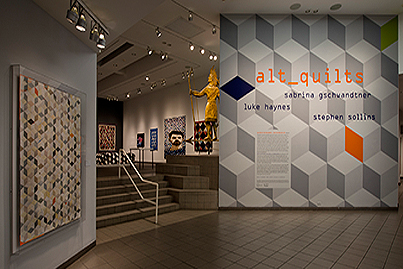
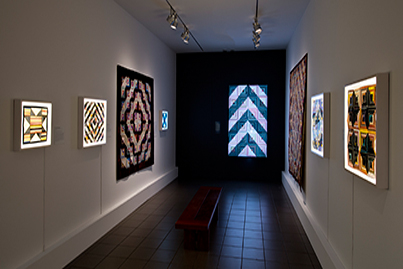
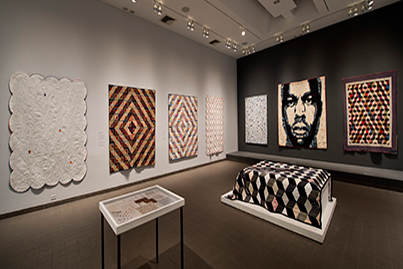
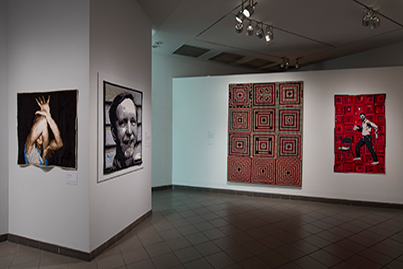

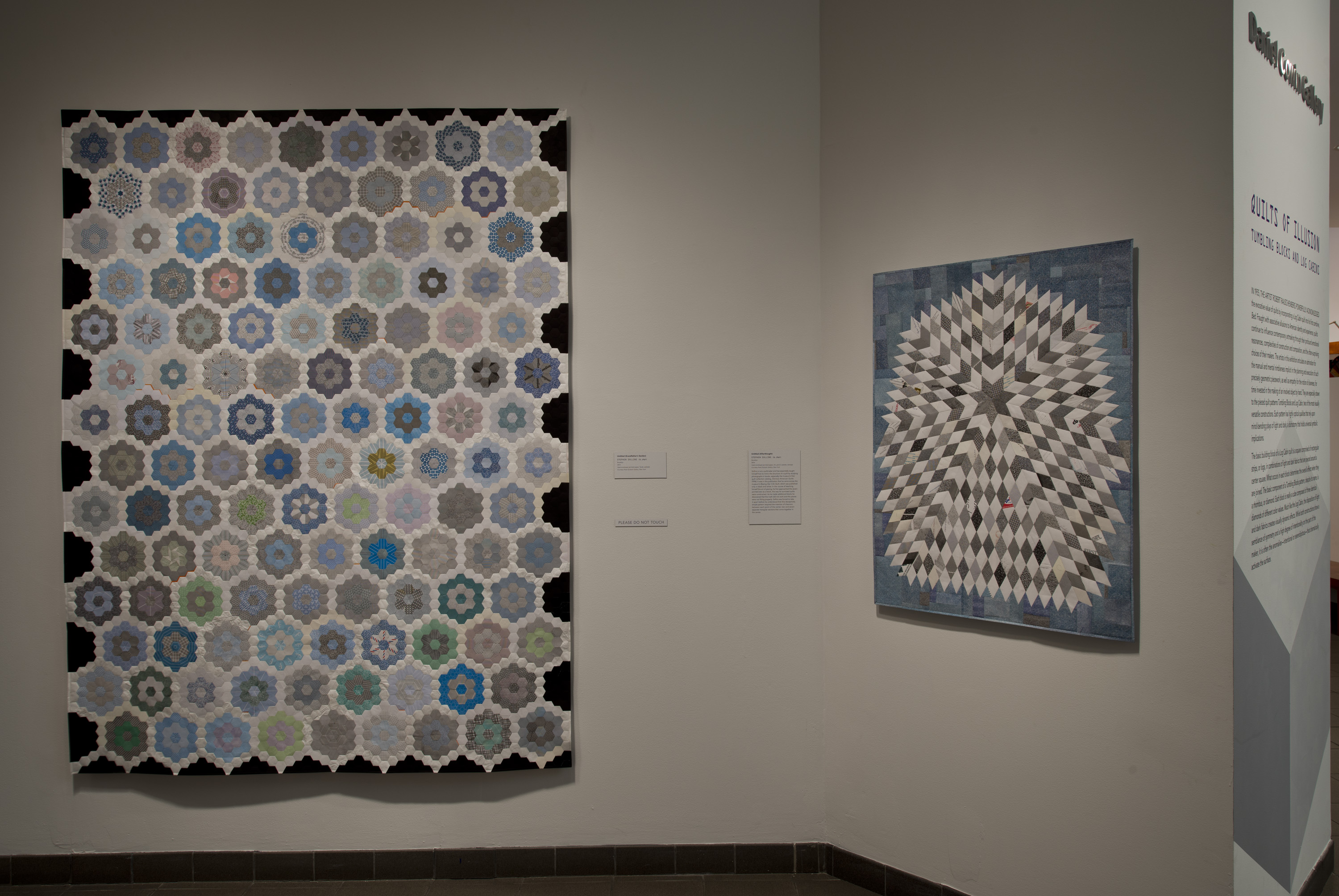
Visiones del Pueblo: The Folk Art of Latin America, by Marion Oettinger Jr.
Zoratti’s Garden, by Gene Kangas
Pioneers in Folk Art Collecting: Elie And Viola Nadelman, by Christine I. Oaklander